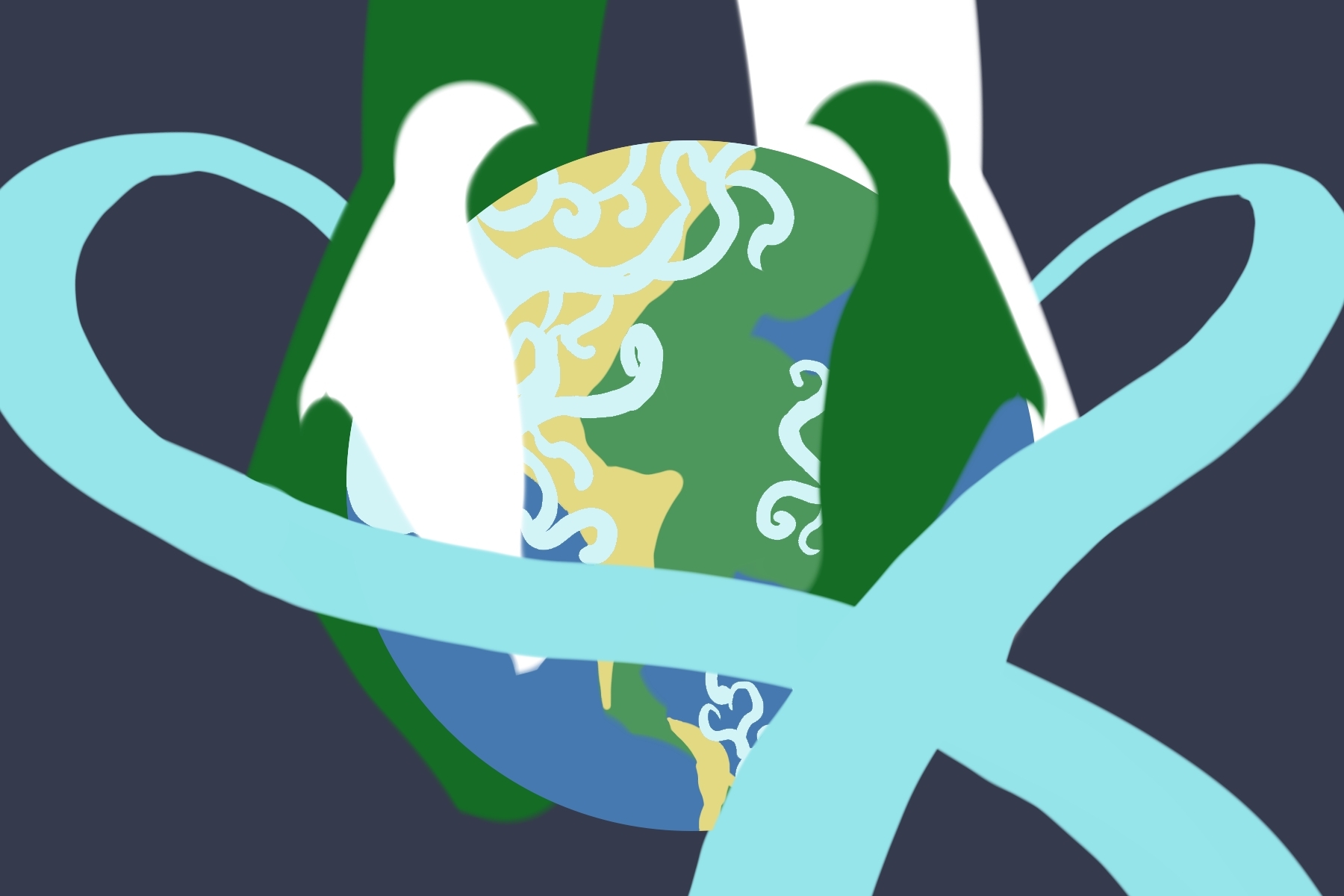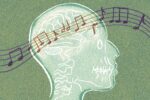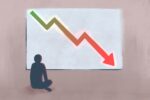Netflix’s new science documentary series, “Connected,” makes a bold claim: Seeing the hidden connections between you, society and the planet will completely change the way you perceive the world. With only six episodes to prove this audacious statement, the docuseries certainly has its work cut out for it.
Released on August 2nd, “Connected: The Hidden Science of Everything” explores the world’s anomalies to demonstrate “the astonishing connections around us.” Each episode covers a different topic — it could be anything from numbers to clouds, and it strings together events, places and discoveries that create connections the viewer was likely unaware of before.
Latif Nasser, a science reporter who serves as the Director of Research for WNYC’s program “Radiolab,” hosts the docuseries and, quite literally, connects the dots for viewers watching at home. A few of the hidden connections highlighted on the show include birds who can predict the severity of upcoming hurricane seasons and the similarities between the clouds in the sky and the cloud that connects electronic devices.
The show has strong Discovery Channel vibes, but with its scientific discourse and long episodes, “Connected” might be too dense for viewers who don’t typically turn to science as a means of entertainment. But the way Nasser stares at the camera after hearing mind-altering nuggets of information, wide-eyed and with a toothy grin, will likely make even the most uninterested of viewers feel like they have stakes in the show’s premise.
Connected to a Pandemic
Whether discussing how poop can lead scientists to a future cure for bacterial diseases or how nuclear bomb testing in the 1940s helps authenticate paintings in the present day, “Connected” holds up its end of the deal. The connections it highlights do change how viewers perceive the world they live in.
Presumably filmed before the ongoing coronavirus pandemic swept across the globe, “Connected” makes no mention of the virus that has fundamentally altered the way people interact and go about living their daily lives. But its overall message, which encourages viewers to expand their mindset and to think about their place in the world in a more holistic context, couldn’t be more relevant today. Although, like many of the connections highlighted in the show, you need to search for it.
All-Encompassing Dust Storms and Enigmatic Math Findings
In an episode titled “Dust,” Nasser learns about how dust from the Sahara Desert travels to different ecosystems via wind, affecting humans and creatures all over the planet. Jason Dunion, a scientist who studies the effects of Saharan dust travel, explains what happens to the alarming amount of dust after it leaves the desert.
“The things that are happening over Africa don’t just stay over Africa,” Dunion said. “There are millions of tons of dust that get exported across the Atlantic every year.”
The dust can have an extremely beneficial impact on the planet, when, for instance, remains of fish fossils travel across the Atlantic and seed phytoplankton, which can potentially reduce the levels of carbon dioxide in the air. The episode also notes the harmful effects Saharan dust has on certain ecosystems, which include producing algae that kill hundreds of millions of fish in Florida’s Gulf Coast every year.
In the episode’s closing monologue, Nasser discusses other sources of dust aside from the Sahara Desert, like that from Mongolia and Patagonia, which ultimately cover the whole planet.
“Wherever on this globe you take a breath, you’re breathing in somewhere else,” Nasser said. “For better or worse we’re all connected.”
In one of the series’ most enticing episodes, Nasser tries to make sense of Benford’s law, a mathematical finding regarding the distribution of the leading digits that appear in a random set of numbers. Take a large and random set of data, and the numbers with one as a first digit will appear more than numbers with two as a first digit, which will appear more than numbers with three as a first digit and so on. In fact, when looking at a large enough data set, the frequency of digits will occur in a specific ratio that creates a depreciating curve.
Benford’s law, which Nasser said “suffuses our whole universe,” applies to large sets of numbers that usually have some connection. As a result, it serves as a method to detect fraud on tax documents, attacks on elections and a way to target bots on social media. Even more astounding, the mathematical law applies to structures found in nature, as the sizes of volcanoes across the globe abide by it, a fact which made Nasser particularly enthralled.
“The Earth is a system, it’s an ordered system,” Nasser said. “In a way it’s like Benford’s law is a clue to that order, of the giant planetary system.
If Benford’s law sounds confusing, that’s because it is; the mathematical finding has puzzled scientists and mathematicians all around the world. In “Connected,” Adelina Geyer, who studies volcano data at Barcelona’s Institute of Earth Sciences, commented on the insights Benford’s law provides about the enormity of the world.
“I feel really small,” Geyer said. “We work for planet Earth, mainly. I’m not even sure if we understand a millionth of a part of what is going on.”
Connected Before, Connected After
“Connected” humbles its viewers by reminding them that beyond their own immersive personal world, there exists a larger one, more staggering and enigmatic than they ever realized. In a time when countries all over the planet are losing lives from the same deadly disease every day, it can be reassuring to know that more unites the world and the people living on it than a global pandemic.
Perhaps the coronavirus would make an informative seventh episode for “Connected,” sometime far down the line. Until then, we have the novelty of a mystifying math principle that speaks a common language through all types of data, the knowledge of being linked to places we’ve never even heard of through the air we breathe and the understanding that humanity was connected before the coronavirus, and it will continue to be after.

















